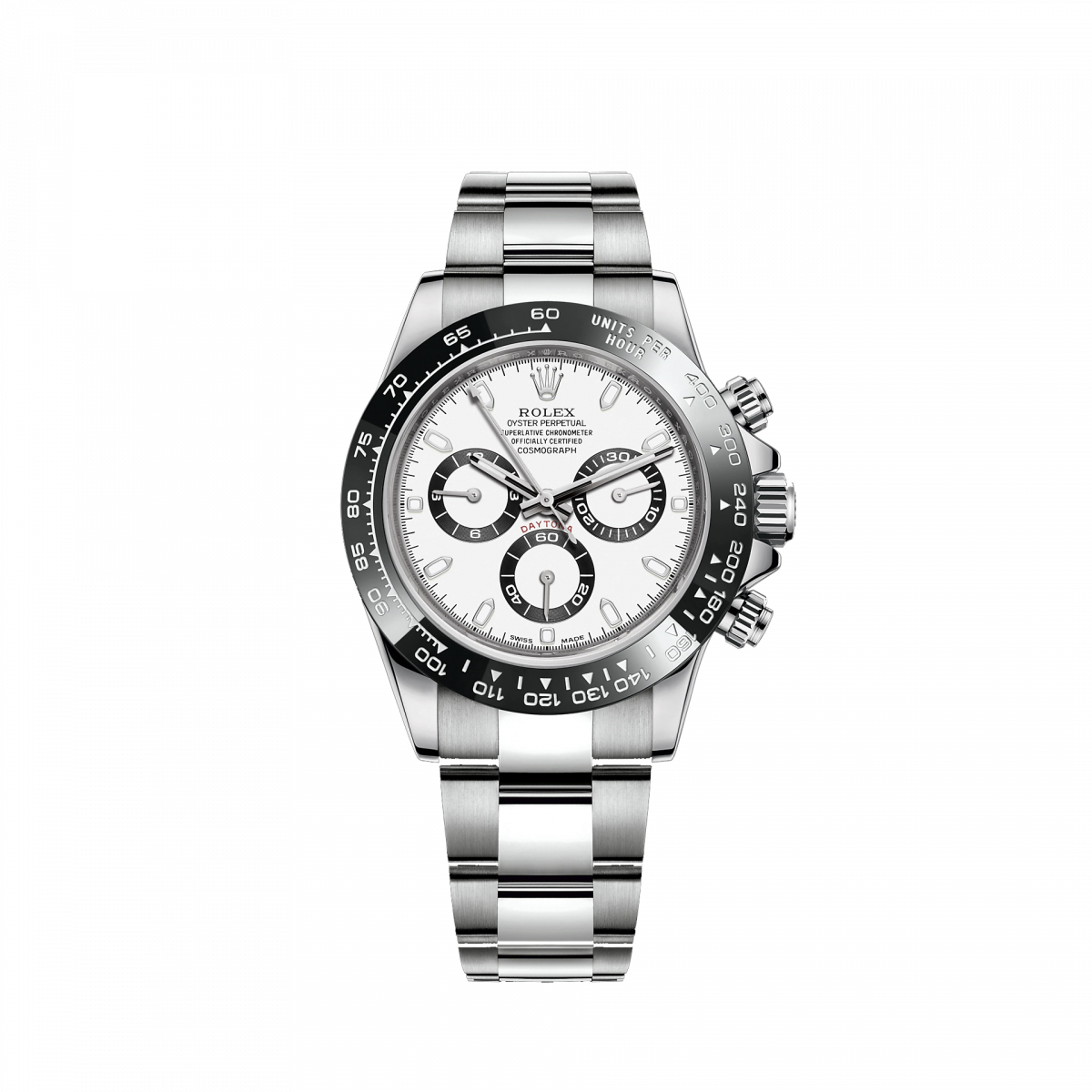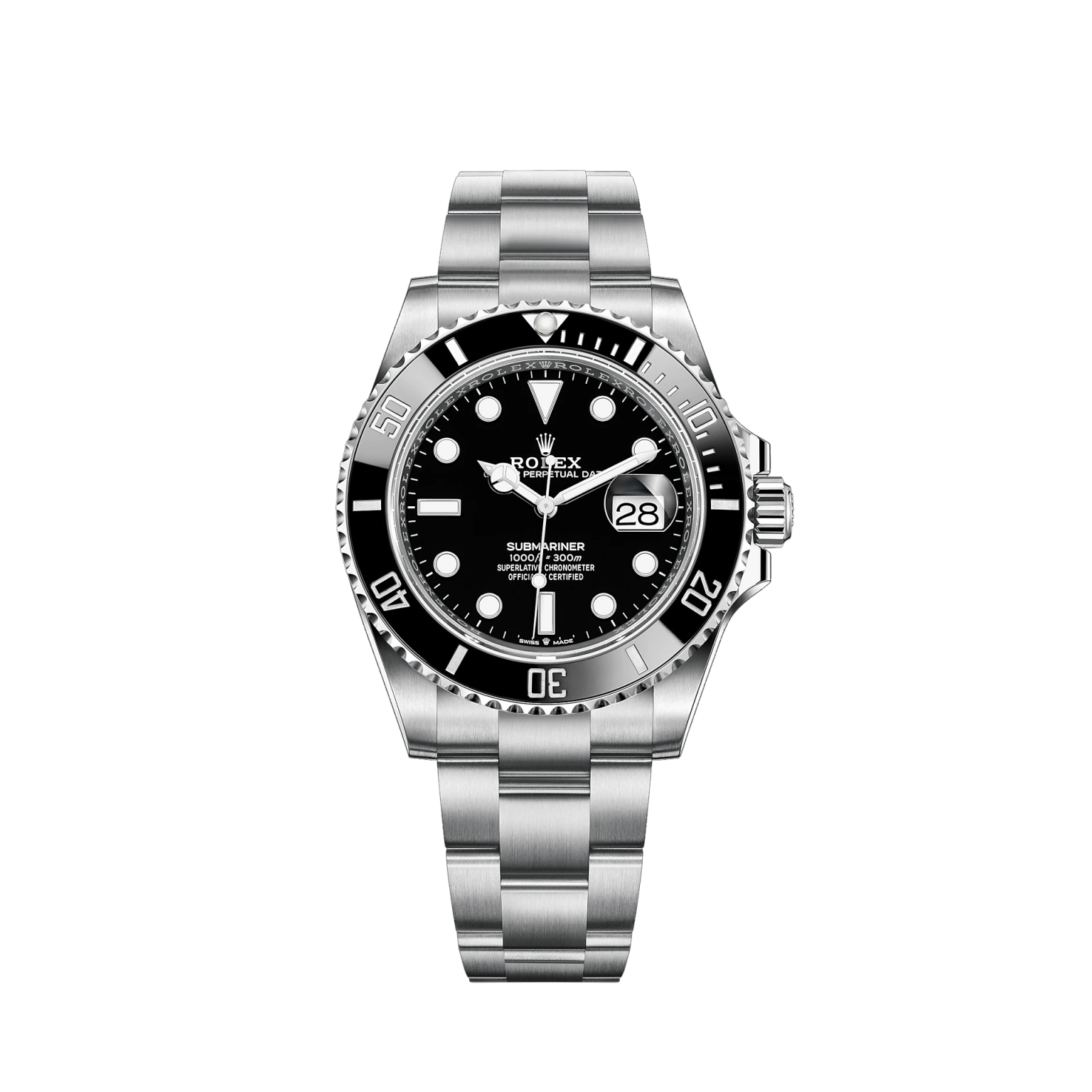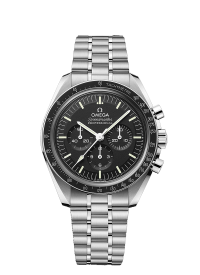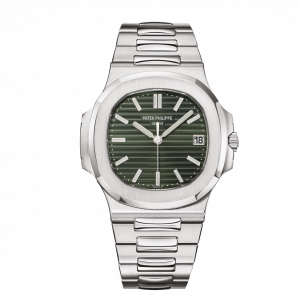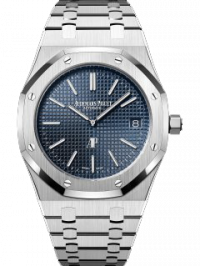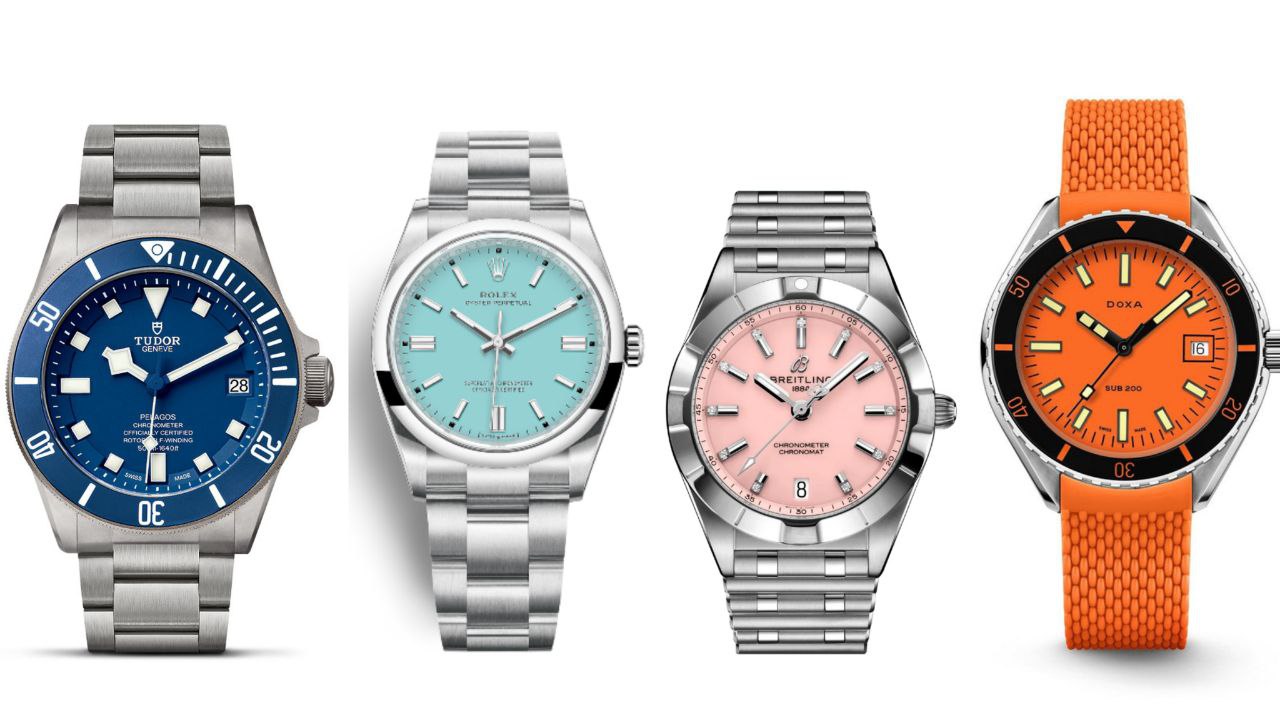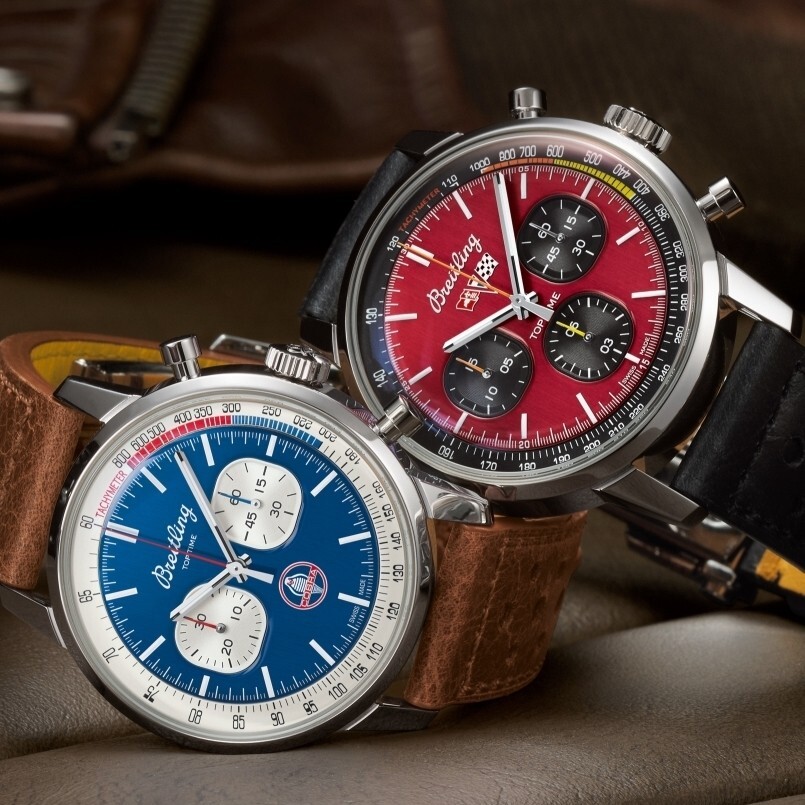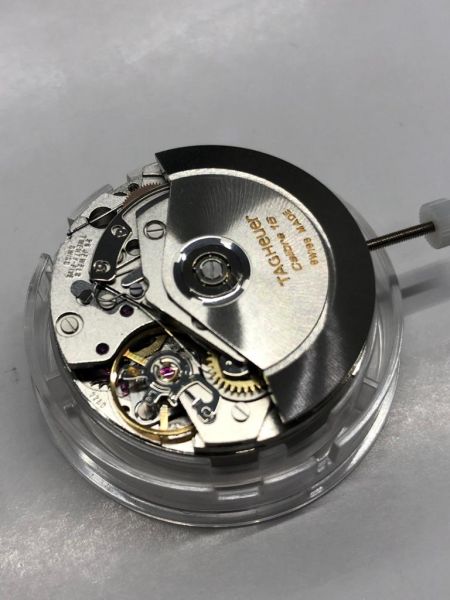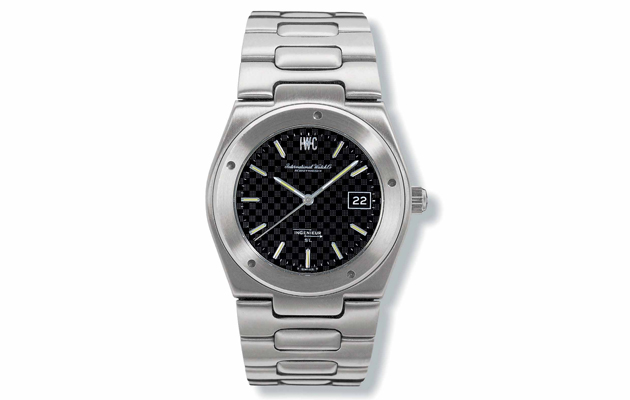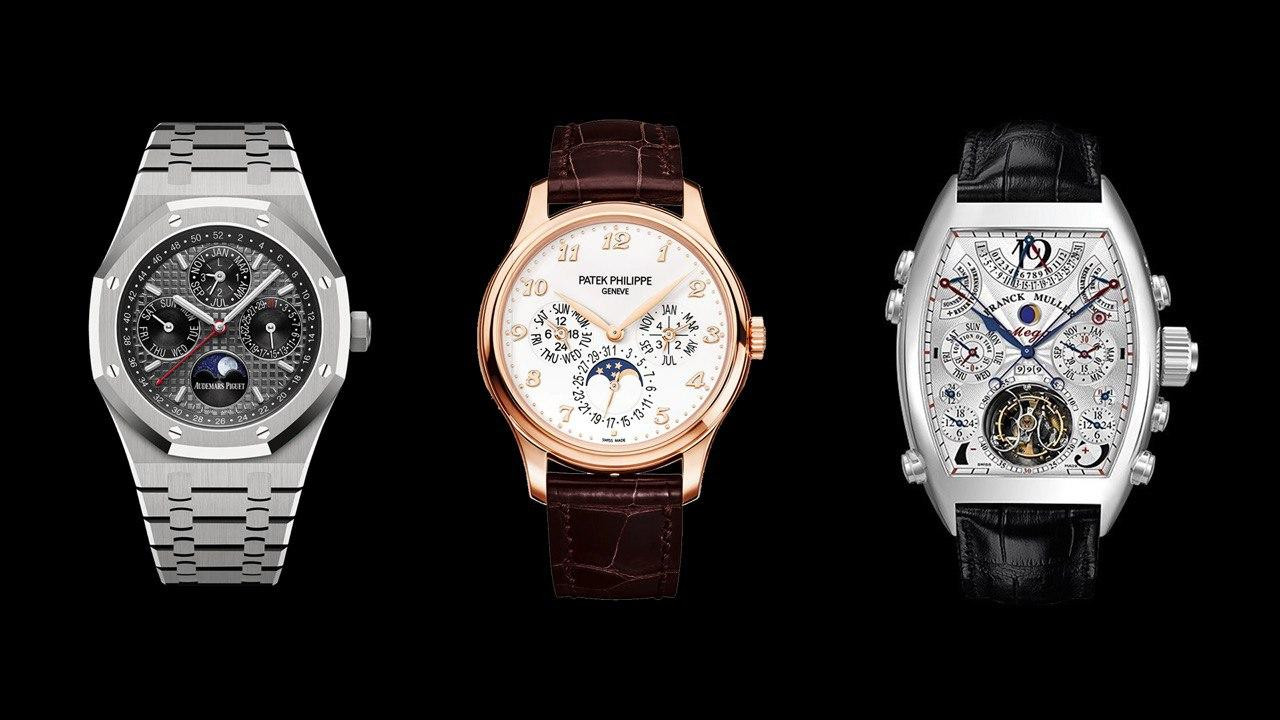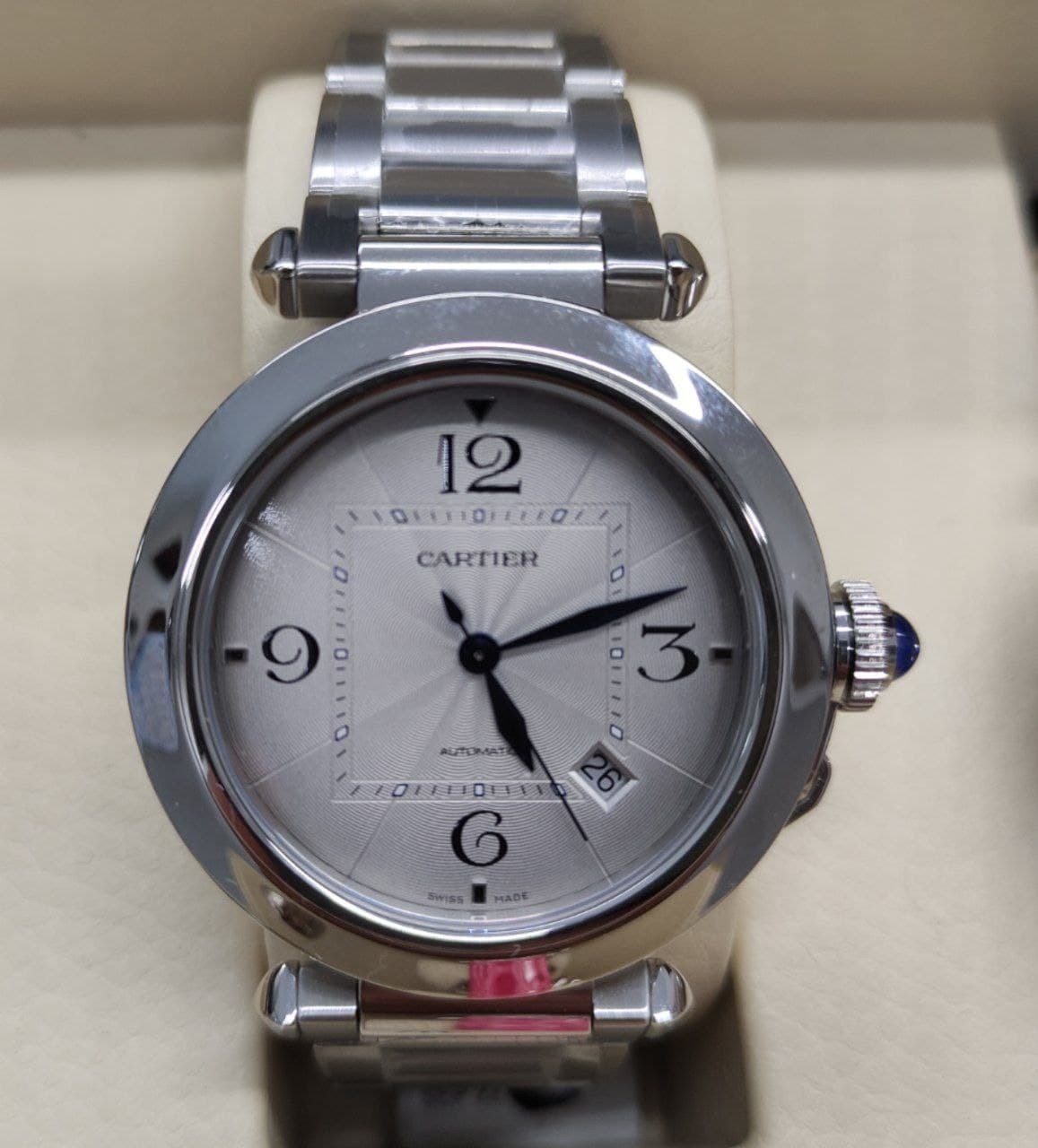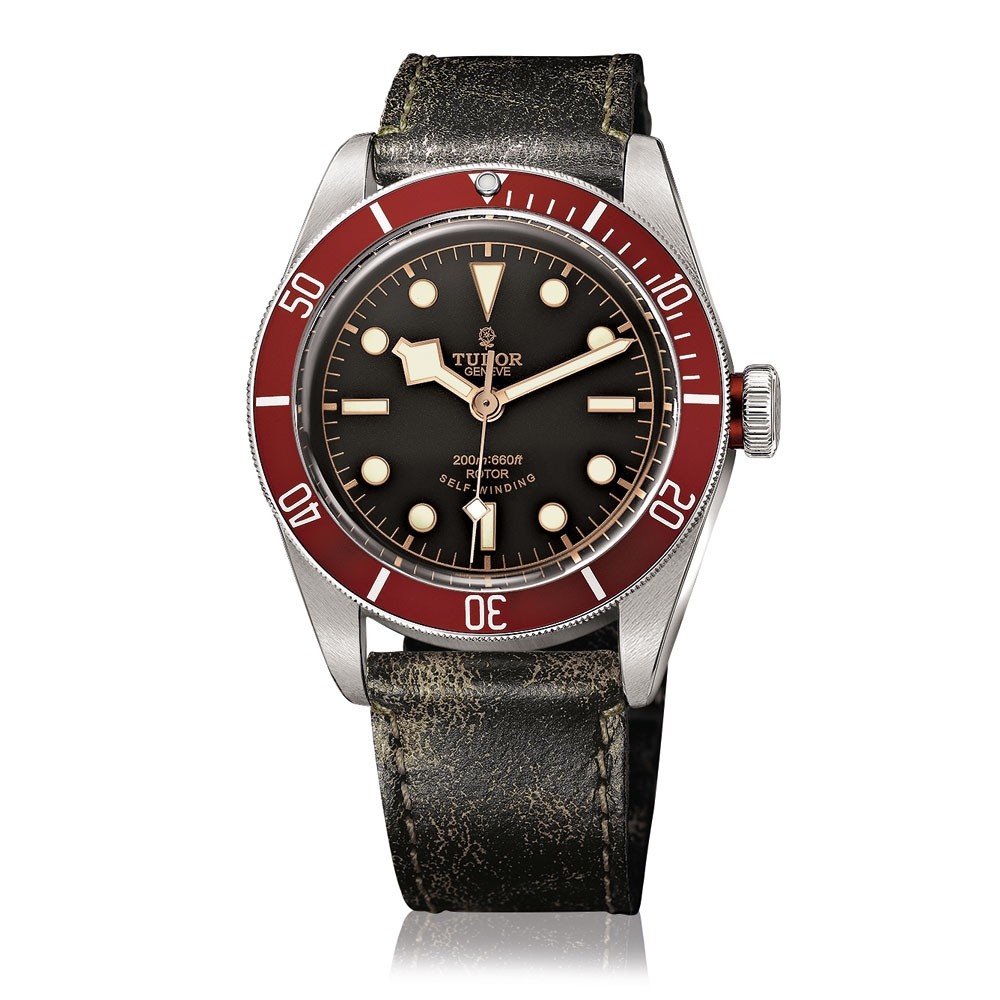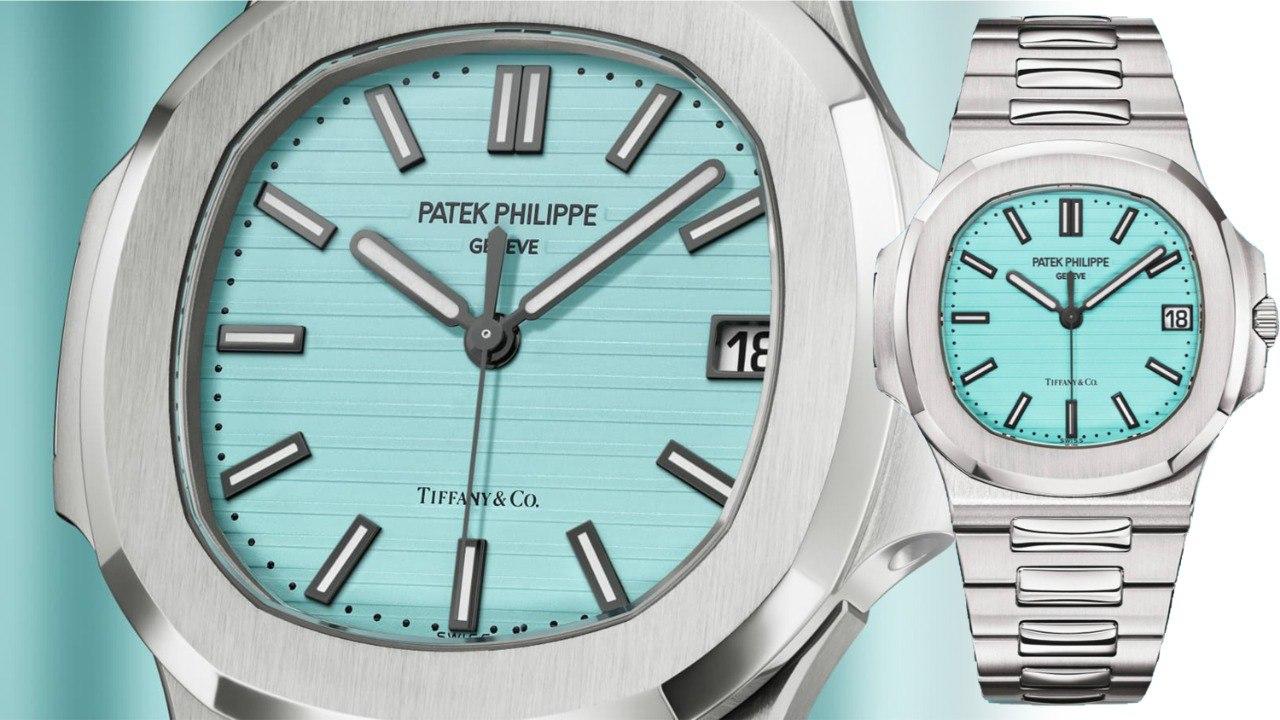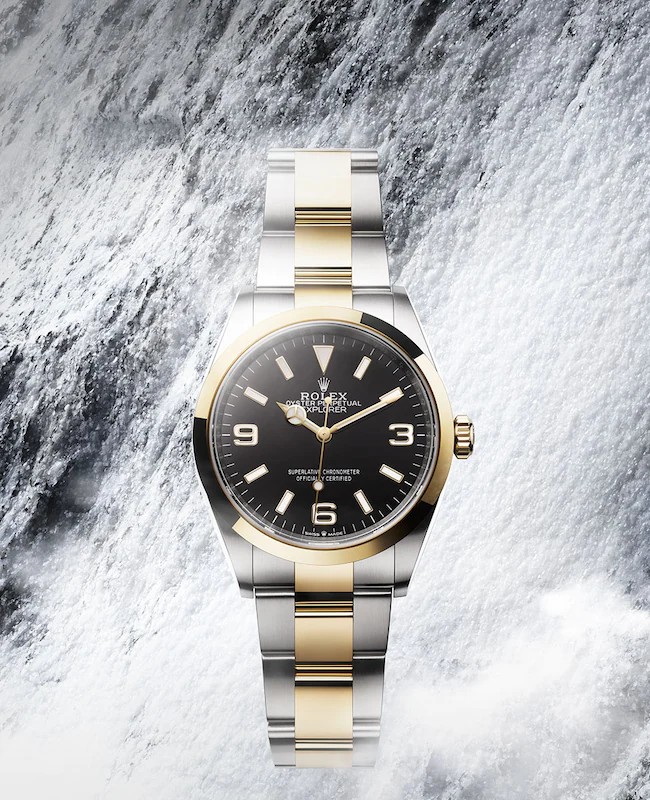Dr. N.
FP Journe it is a haute horlogerie brand that has managed to earn a place in the hearts of enthusiasts, despite its young age.
FP Journe born from the passion of a single man, Francois-Paul Journe, a watchmaker who for decades has created unique pieces on commission and who has decided to make his skills available to a niche audience, but broader than the individual customers with whom he has worked for thirty years.
The motto of FP Journe is "Invenit et fecet“: he invented and created. It is usually listed under the name of the founder of the maison, indicating that it is its own Francois-Paul Journe to have invented and created that single watch. Only, instead of hand-building each piece personally, he designs the watch in such a way as to be reproducible in small series, with hand-made but uniform components. The idea is to "industrialize" the realization of the ideas of Francois-Paul Journe thanks to movements and cases that can be produced in multiple copies.
Let's go see one of the most ingenious creations of FP Journe: il Chronometre à resonance.
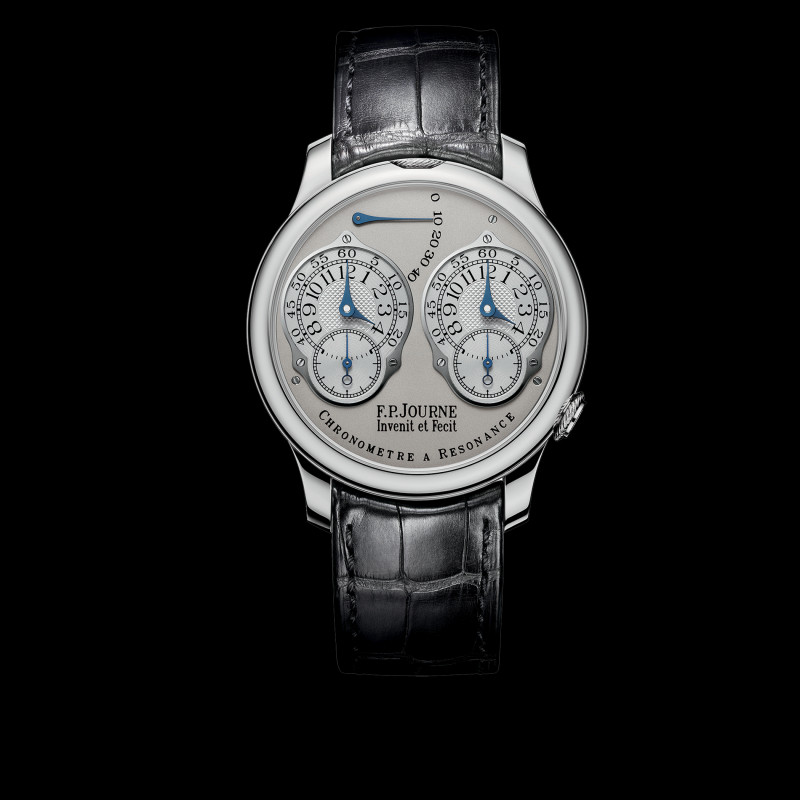
The resonance
The resonance pendulum is an invention that has quite old roots. The great scientist Galileo Galilei, in 1602, was in Padua, where he held the chair of Mathematics - that of Astronomy was created only after his passing, in his honor -. In the University of Padua, Galileo conducted numerous experiments with the pendulum: it was in this context that the Pisan scholar noticed that two pendulums placed against the wall influence each other's oscillation.
Looking further into the phenomenon, it was noticed that two pendulums, if connected by a medium capable of elastically conveying the kinetic impulses, enter into resonance, i.e. they oscillate simultaneously in opposite directions and with a sum of kinetic energy that remains constant: if one reduces the oscillation amplitude, the other increases it proportionally, and vice versa. This property, known precisely as resonance,occurs under the sole condition that the two pendulums are of equal length.
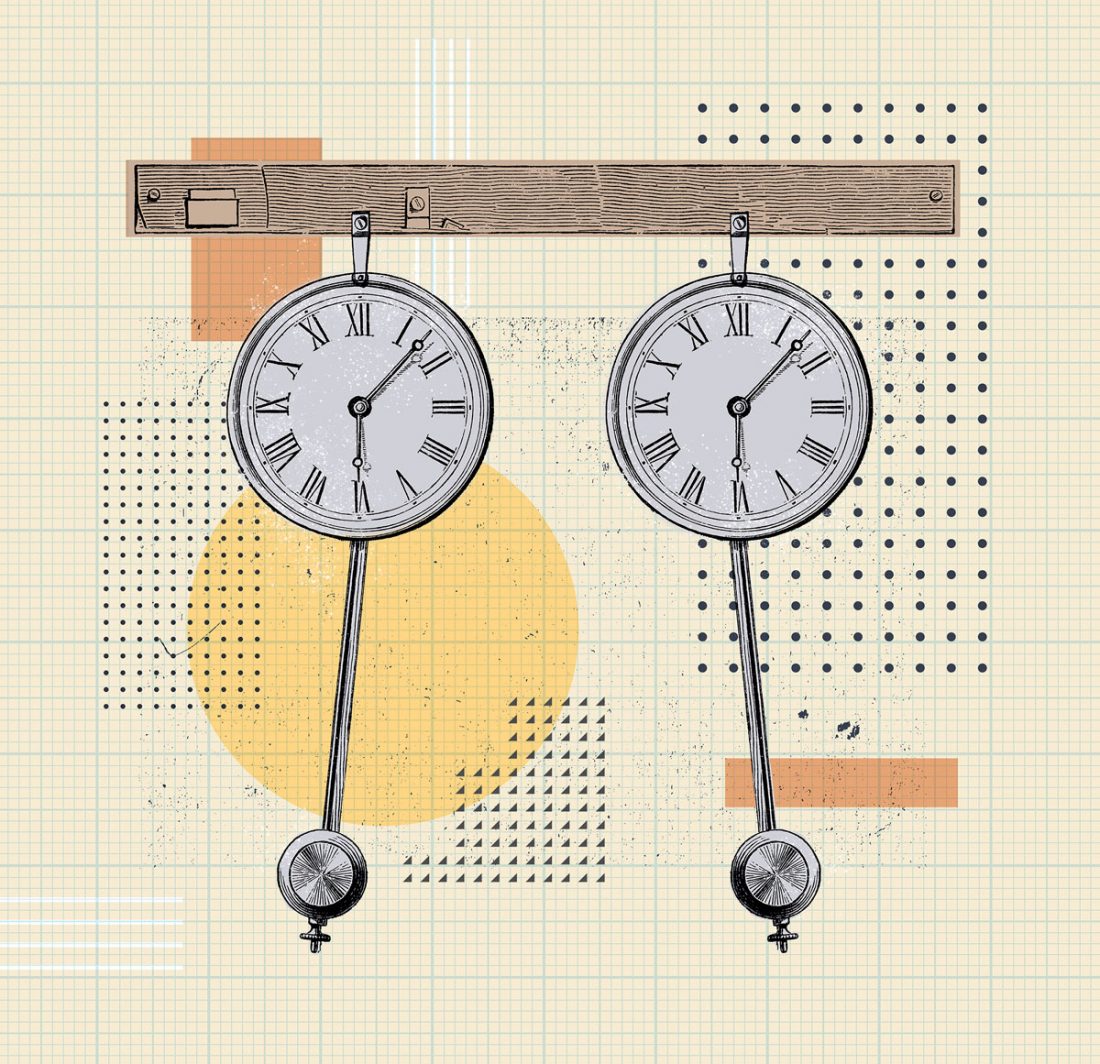
As we have already mentioned in the article on the barbell, this component of the movement is functionally equivalent to the pendulum of the wall clock. In fact, it is the balance wheel that regulates the speed of the watch through an oscillatory motion.
FP Journe's resonance chronometer
The Chronomètre à Résonance by FP Journe It features two complete movements, complete with double balance wheels. The two balance wheels transmit energy to each other, being connected through the metal of the plate on which they are placed, which performs the same function as the wall on which Galileo's pendulums were placed.
Continuing the parallelism between pendulums and balance wheels, the resonance of the latter is triggered only if they are of the same length and, consequently, if they have the same period of oscillation. Similarly, to enter into resonance, the two balance wheels must be adjusted so as to have very close oscillation periods.
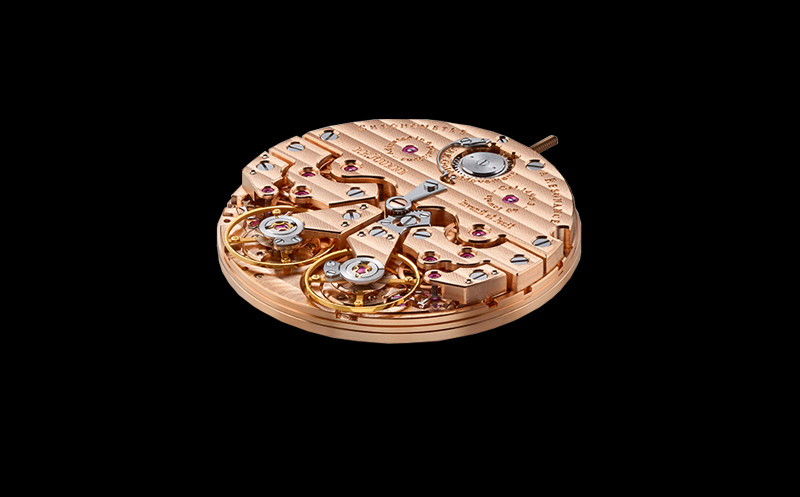
The Chronomètre à Résonance by FP Journe it contains two balance wheels, which must be synchronized in all positions to enter into resonance, with a difference of less than 5 seconds per day. Once they enter resonance, the balance wheels compensate for each other's oscillation variations. Therefore, in daily use, if moving the watch causes a variation in the oscillation speed of one balance wheel, the other will have a mirror variation: if one slows down, the other speeds up.
The result of this complex construction is a clock that self-compensates for variations in the oscillation frequency of the regulating organ. It is, therefore, an ingenious technical experiment, certainly worthy of the motto of FP Journe: Invenit et fecet, he invented and created.


